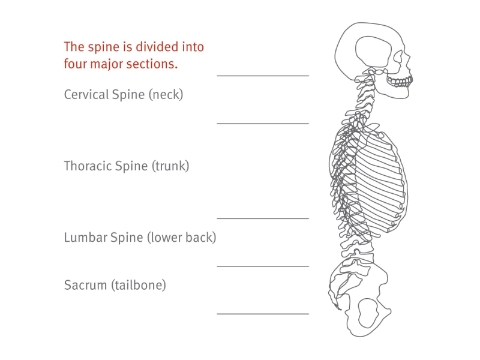Publisher: Herman Miller Research
Date Published: 2020
Link: https://www.hermanmiller.com/research/categories/white-papers/the-art-and-science-of-pressure-distribution/
A chair should be topographically neutral. It should conform equally well to all body shapes, sizes, and contours without applying circulation-restricting pressure anywhere. While people of different body weights and builds distribute their weight on a chair in similar patterns, they are different when it comes to pressure intensity; this varies from person to person.
The challenge is to engineer a chair so its structure and materials provide dynamic support. This allows the sitter’s body, rather than the chair’s structure, to dictate pressure distribution.
Surface pressure can cause discomfort while sitting. People of different body weights and builds distribute their weight on a chair in similar patterns, but pressure intensity and areas of distribution vary from person to person. Good pressure distribution in a chair focuses peak pressure under the sitting bones in upright postures and in the lumbar and thoracic areas in reclined postures. A high level of surface pressure can constrict blood vessels in underlying tissues, restricting blood flow, which the sitter experiences as discomfort.
What may seem like a small interference in pressure distribution can have a profound effect. For example, sitting on a wallet may seem harmless, but the wallet is in a place where, when the user sits, it’s pushing right on the sciatic nerve. Because of the position of the wallet, they are sitting off center, with one side higher than the other, so to sit up straight, users have to curve your spine. This puts an uneven load on the sacroiliac joints and on the lower back.

As a sitter changes postures from upright to recline, however, pressure-distribution patterns change. How these patterns change is also a function of the chair’s kinematics—the mechanics of how a body moves through space and the range of postures that the chair supports.
Chair designers try to minimize circulation-restricting pressure with the right combination of contour and padding, curving the chair’s structure away from pressure-sensitive areas of the body and cushioning it with foam. This is difficult to achieve in a design that must serve a diverse user population. Seat shapes that work well for the bone structure and leg length of a tall male are likely to hit a short female in all the wrong places. Foam density that provides optimal comfort for a small, plump woman may “bottom-out” under a heavier but leaner man.
Extra padding does not necessarily solve the problem, because a too-soft seat can put pressure on the gluteus maximus muscles at the sides of the buttocks as well as on the heads of the femur bones and the sciatic nerves, resulting in the kind of discomfort experienced when sitting in a sling-type playground swing or a director’s chair.
Instead of foam cushions that may impose improper contours, a work chair with a topographically neutral suspension should conform to the shape of the person who sits in it. While the seat of a chair typically carries most of the body’s weight, the more one reclines, the more weight is transferred to the backrest.
A topographically neutral seat and backrest, when designed to support a wide range of weights and proportions, ensured that people would get the benefits of the chair’s carefully tuned pressure distribution. Positioned comfortably on a topographically neutral suspension material, the sitter’s body, rather than the chair’s structure, dictates pressure distribution.
This article allows for us to get a bit of a better understanding of how human anatomy and seating work together, and the types of seating design problems that can lead to discomfort. Though it’s a perspective taken in regards to ergonomic office seats, it’s important to be aware of what pressure points can cause for passenger discomfort when designing our backseat environment. Eliminating discomfort will need to be one of the baseline goals of our experience, and gaining and understanding of correct body positioning and proper anatomical terminology will likely allow us to develop a more competitive design feature.
The art and science of pressure distribution. Research – Herman Miller. (n.d.). Retrieved September 17, 2021, from https://www.hermanmiller.com/research/categories/white-papers/the-art-and-science-of-pressure-distribution/.




